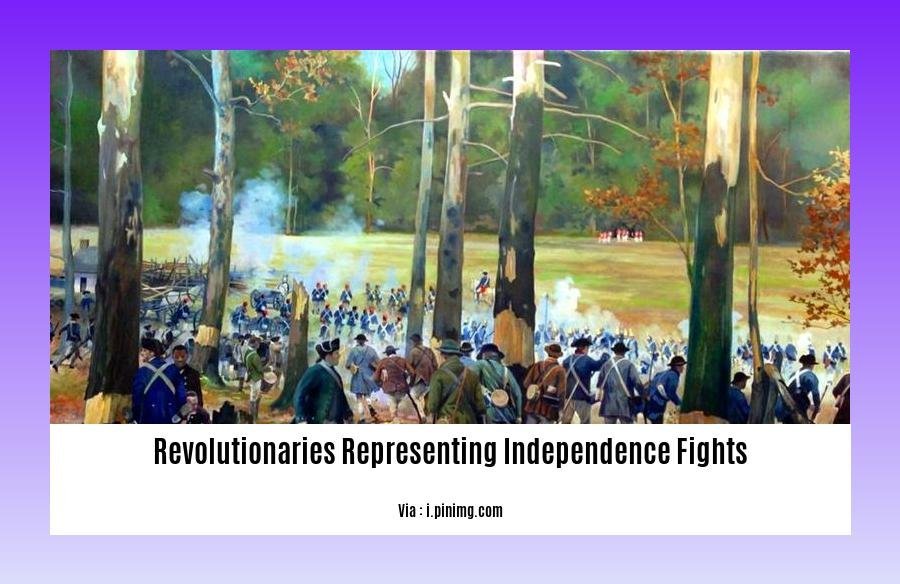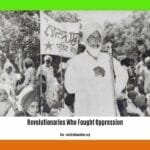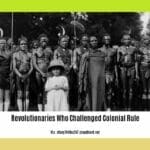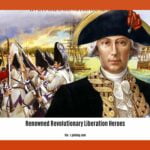Embark on a captivating journey with “Revolutionaries Representing Independence Fights: Unveiling the Unsung Heroes of Liberation.” This exclusive article delves into the extraordinary accounts of those who dared to defy tyranny and ignite the flames of liberation.
Key Takeaways:
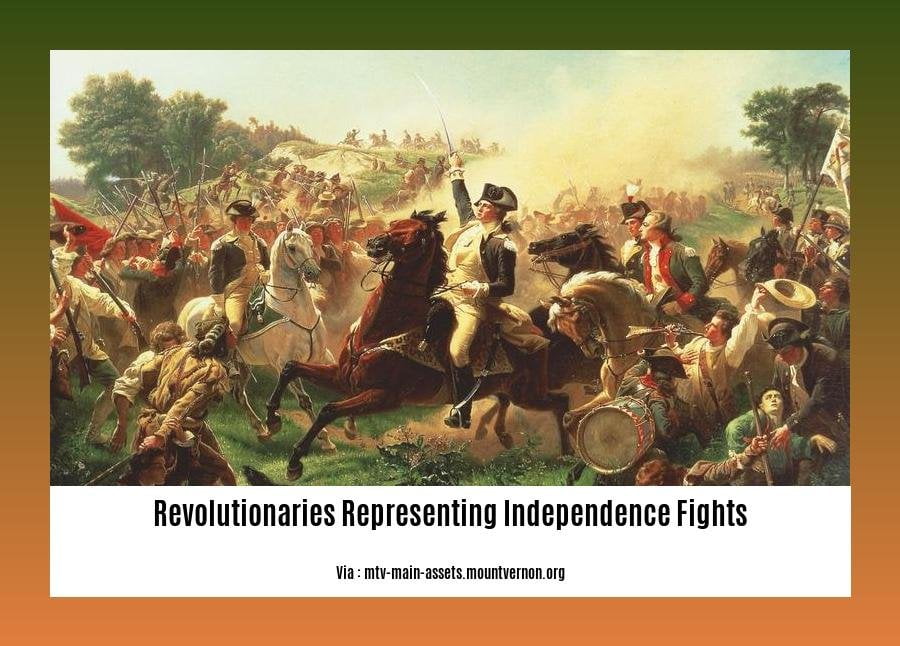
- Tensions between colonists and the British led to the American Revolution.
- The French and Indian War increased British debt and tensions.
- The Second Continental Congress declared independence in 1776.
- The Battle of Saratoga convinced France to support America.
- The Siege of Yorktown ended the war in 1781.
Revolutionaries Representing Independence Fights
Throughout history, the indomitable spirit of revolutionaries representing independence fights has illuminated humanity’s quest for self-determination. These unsung heroes defied formidable oppressors, ignited the flames of freedom, and shaped the course of nations—indelibly etching their names into the annals of history.
The Crucible of Oppression
Colonialism’s suffocating grip extinguished cultural identities, exploited resources, and extinguished the voices of countless peoples. But within this darkness, a spark of resistance flickered, ignited by revolutionaries who dared to dream of independence.
Embers of Revolution
George Washington, a beacon of courage, led the American colonies in their fight against British tyranny. José de San Martín, hailed as the “Libertador of South America,” spearheaded the liberation of Argentina, Chile, and Peru from Spanish rule.
In the annals of nonviolent resistance, Mahatma Gandhi’s teachings reverberated worldwide, inspiring nations to break free from colonial shackles. Nelson Mandela, an anti-apartheid icon, spent decades imprisoned for his unwavering fight against racial segregation. And Ho Chi Minh, the visionary leader of Vietnam, led his people to victory against French and American colonial forces.
Triumphs and Legacies
These revolutionaries’ unwavering belief in self-determination, coupled with their strategic brilliance and tactical prowess, transformed dreams of independence into tangible realities. Their triumphs forged new nations, shattered chains of oppression, and left an enduring legacy of freedom.
From Washington’s rallying cry at Bunker Hill to Mandela’s release from prison, the stories of these revolutionaries continue to inspire and resonate. Their courage, resilience, and unwavering belief in the power of the human spirit remind us that the pursuit of independence is an eternal flame, burning brightly in the hearts of oppressed peoples everywhere.
Dive into the nation’s struggle embodied by revolutionary heroes, where you’ll witness the unwavering spirit of those who fought for freedom. Explore the national symbols of resistance and revolt and discover the stories of resilience and defiance that shaped a nation’s destiny. Learn about the significance of revolutionary icons representing people’s battles and how they continue to inspire generations to fight for their rights.
Legacy and Impact of Revolutionaries
Throughout history, indomitable revolutionaries have etched their names into the fabric of time as they led their people toward independence from colonial rule. Their unwavering determination, strategic brilliance, and unwavering belief in freedom have left an indelible legacy and impact on the world.
Theirs is a testament to the indomitable spirit that exists within us all, the belief that no matter how oppressive the chains of tyranny may seem, freedom can be won.
Key Takeaways:
- Revolutionaries played a pivotal role in independence fights: They ignited the flames of freedom and rallied their people to break free from colonial domination.
- Their leadership and courage inspired nations: Their unwavering determination and belief in self-determination inspired countless individuals to fight for their independence.
- Nonviolent resistance and strategic brilliance proved effective: Figures like Mahatma Gandhi demonstrated that nonviolent resistance could be a powerful tool for change.
- Their victories shaped the modern world: The sacrifices and struggles of revolutionaries paved the way for the creation of independent states and the advancement of human rights.
- Their stories continue to inspire: Their legacy serves as a beacon of hope, reminding us that the pursuit of freedom is an eternal flame that burns bright.
Types of Independence Fights
Unveiling the Unsung Heroes of Liberation
Types of Independence Fights:
- Anti-colonial: Battles for freedom from foreign rule imposed by colonizing powers.
- Secessionist: Struggles to separate from a larger political entity, often driven by cultural or political differences.
- Revolutionary: Movements that overthrow an existing government to establish a new political system.
- Civil: Conflicts within a country between different groups vying for power or autonomy.
- Guerrilla Warfare: Unconventional tactics employed by smaller, less equipped forces against a larger, established army.
Key Figures in Independence Fights:
- George Washington (United States Revolutionary War)
- José de San Martín (South American independence)
- Mahatma Gandhi (Indian independence movement)
- Nelson Mandela (Anti-apartheid movement in South Africa)
- Ho Chi Minh (Vietnam War)
Tactics and Strategies:
- Direct military confrontation
- Nonviolent resistance
- Diplomatic negotiations
- International support and alliances
- Cultural resistance and identity preservation
Legacy and Impact:
- Independence fights have shaped the geopolitical landscape of the world.
- They have inspired movements for human rights, social justice, and self-determination.
- The legacy of these battles continues to motivate and empower those fighting for freedom and liberation.
Key Takeaways:
- Independence fights are diverse in nature and causes.
- They require courage, resilience, and strategic planning.
- Historical figures have played pivotal roles in leading independence movements.
- Tactics and strategies vary depending on the context.
- Independence fights have had a profound impact on the world.
Citation:
Challenges Faced by Revolutionaries
Throughout history, revolutionaries have played a pivotal role in leading their people towards independence and self-determination. Their path, however, has never been easy. Here are some of the Challenges Faced by Revolutionaries:
Persecution and Oppression
Fighting against an established regime often comes with severe risks. Revolutionaries face relentless persecution, imprisonment, and even execution. They must endure physical and psychological torture, knowing the consequences of their actions.
Lack of Resources
Revolutions require substantial resources, including weapons, funds, and supplies. Gathering these resources while operating in secrecy and evading authorities poses a significant challenge for revolutionaries. They must rely on covert operations and public support to sustain their cause.
Internal Division
Revolutions often bring together people from diverse backgrounds and ideologies. Maintaining unity amidst such diversity can be a formidable task. Internal conflicts, power struggles, and betrayal can cripple a revolutionary movement from within.
Public Skepticism
Gaining public support is crucial for the success of a revolution. However, persuading people to embrace change and challenge the status quo can be an uphill battle. Revolutionaries must overcome skepticism, fear, and misinformation to mobilize the masses.
Foreign Intervention
External powers may intervene in a revolution to protect their interests or maintain their influence. Foreign intervention can disrupt the revolutionaries’ plans, provide support to the opposing regime, or even prolong the conflict indefinitely.
Key Takeaways:
- Revolutionaries face persecution, oppression, and the threat of violence.
- Gathering resources is a major challenge, especially while operating in secrecy.
- Internal division and power struggles can hinder the progress of a revolution.
- Public support is essential but often difficult to obtain due to skepticism and fear.
- Foreign intervention can pose a significant threat to a revolutionary movement.
Relevant URL Source:
- Encyclopedia Britannica: Revolution
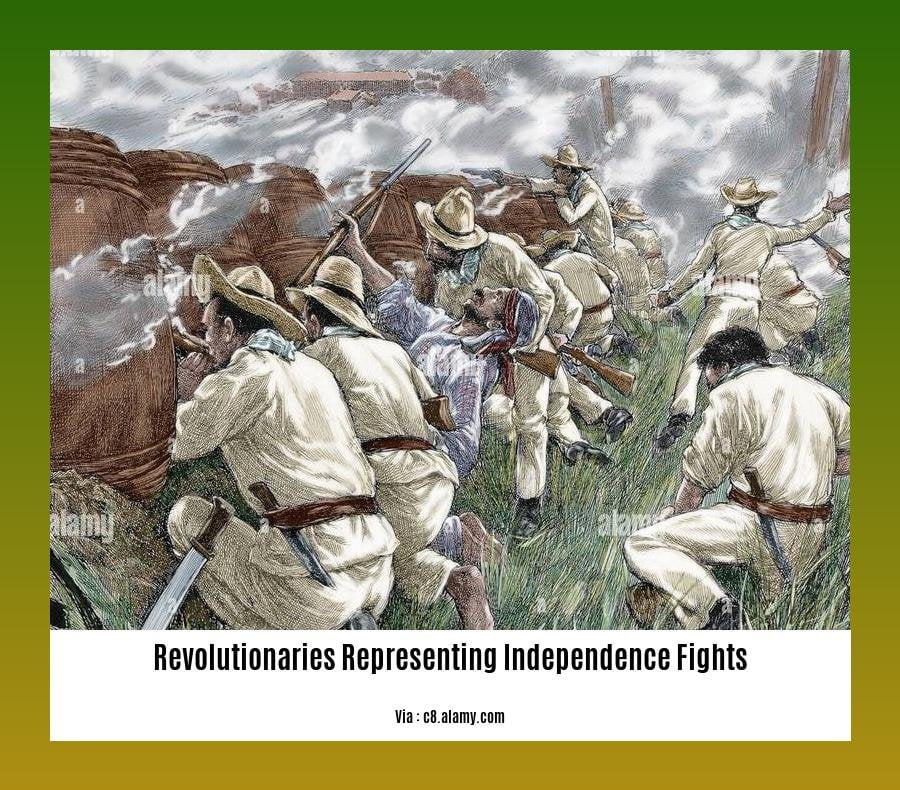
FAQ
Q1: Who were some of the key figures involved in the American Revolution?
Q2: What were the main causes of the American Revolution?
Q3: What were the major battles of the American Revolution?
Q4: How did the American Revolution influence the subsequent development of the United States?
Q5: What are some of the legacies of the American Revolution that are still relevant today?
- Discover the Borough of Frenchtown, NJ: A Delaware River Town Blending History, Art & Nature - November 22, 2024
- Discover Clarks Grove, MN: A Small Town with a Big Heart - November 22, 2024
- Califon Borough, NJ: A Small Town with a Big Heart (and Rich History) - November 22, 2024
